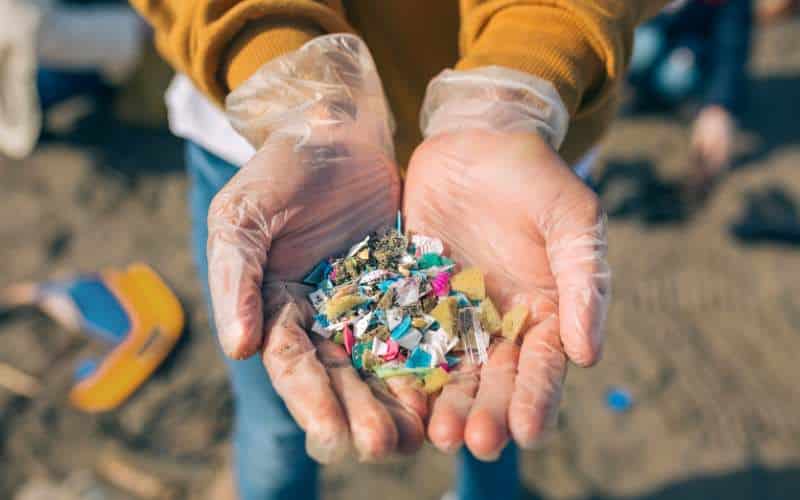Why Microplastics Are a Problem for Beachfront Businesses
Microplastics are more than just an environmental concern—they pose a direct threat to tourism, business revenue, and community relations. For resorts, beachfront municipalities, and local businesses, failing to address microplastic pollution can lead to tangible financial and reputational damage.
On the flip side, proactively combating microplastics creates opportunities:
✔ A cleaner beach attracts more visitors.
✔ Positive publicity strengthens community trust.
✔ Environmental efforts enhance your brand image and marketing potential.

Ignoring the issue, however, leads to several costly consequences.
1. A Decline in Tourism & Revenue
Visitors choose beaches that look and feel pristine. If microplastics become noticeable in the sand or water, tourists may:
- Leave negative online reviews that deter future visitors.
- Complain about cleanliness, harming your beach’s reputation.
- Opt for competing destinations with better environmental management.

Tourism-driven businesses—hotels, restaurants, water sports rentals—are all vulnerable to the fallout of a poorly maintained beach.
2. Public Perception & Reputation Damage
Bad publicity can spread quickly, especially with today’s social media landscape. A single viral post about a microplastic-littered beach can:
❌ Reduce bookings and visitor numbers.
❌ Make it harder to market your beach as a premium destination.
❌ Damage long-term brand trust.

Once a beach gets a reputation for being polluted, it’s hard to undo the damage—and negative online reviews last forever.
3. Liability Risks & Health Concerns
Microplastics don’t just impact the environment—they raise legal and safety concerns:

- Sharp plastic fragments can injure beachgoers.
- Toxic chemical absorption may pose health risks over time.
- Accumulated pollution could lead to regulatory fines or stricter environmental laws.
For businesses and municipalities, these risks could lead to legal liabilities, increased insurance costs, or community backlash.
4. Weakening Community Relations
Beaches are shared community spaces, and local residents often rely on tourism to sustain jobs and economic stability. A failure to keep beaches clean can lead to:
- Frustration from local businesses that rely on tourist traffic.
- Decreased local support for municipal or resort-led initiatives.
- Potential legal action or activism from environmental groups.

A neglected beach doesn’t just harm tourism—it can cause long-term strain on community partnerships.
5. Environmental Degradation and Erosion
Microplastics don’t just sit on the sand—they alter the natural ecosystem:

- Sand degradation accelerates coastal erosion, shrinking usable beachfront property.
- Marine wildlife ingests microplastics, disrupting food chains.
- Pollutants absorbed by microplastics create toxic conditions for both humans and animals.
Microplastics don’t just sit on the sand—they alter the natural ecosystem:
Turning the Challenge into an Opportunity
Rather than seeing microplastics as just another problem, smart beachfront stakeholders leverage environmental responsibility as a competitive advantage.
By actively cleaning and marketing your beach’s commitment to sustainability, you can:
✔ Generate positive PR and attract eco-conscious travelers.
✔ Strengthen local partnerships and community goodwill.
✔ Stand out in search rankings and tourism directories as a clean, well-maintained beach.

Taking action now positions your business or municipality as an industry leader in environmental stewardship—and keeps your beach beautiful, profitable, and sustainable.
Next Steps: How to Remove Microplastics from Your Beach

Step-by-Step Guide to Cleaning Microplastics from Your Beach

